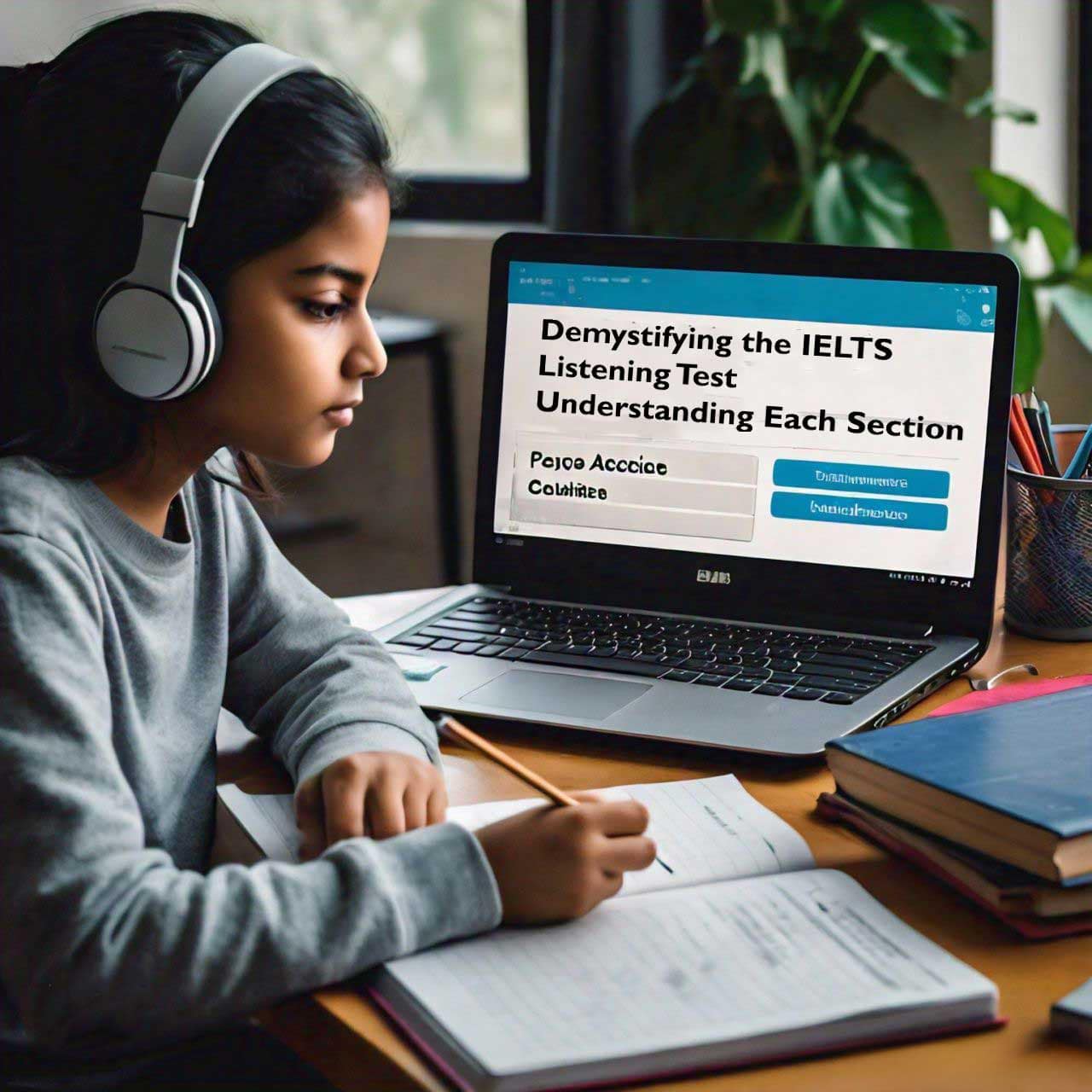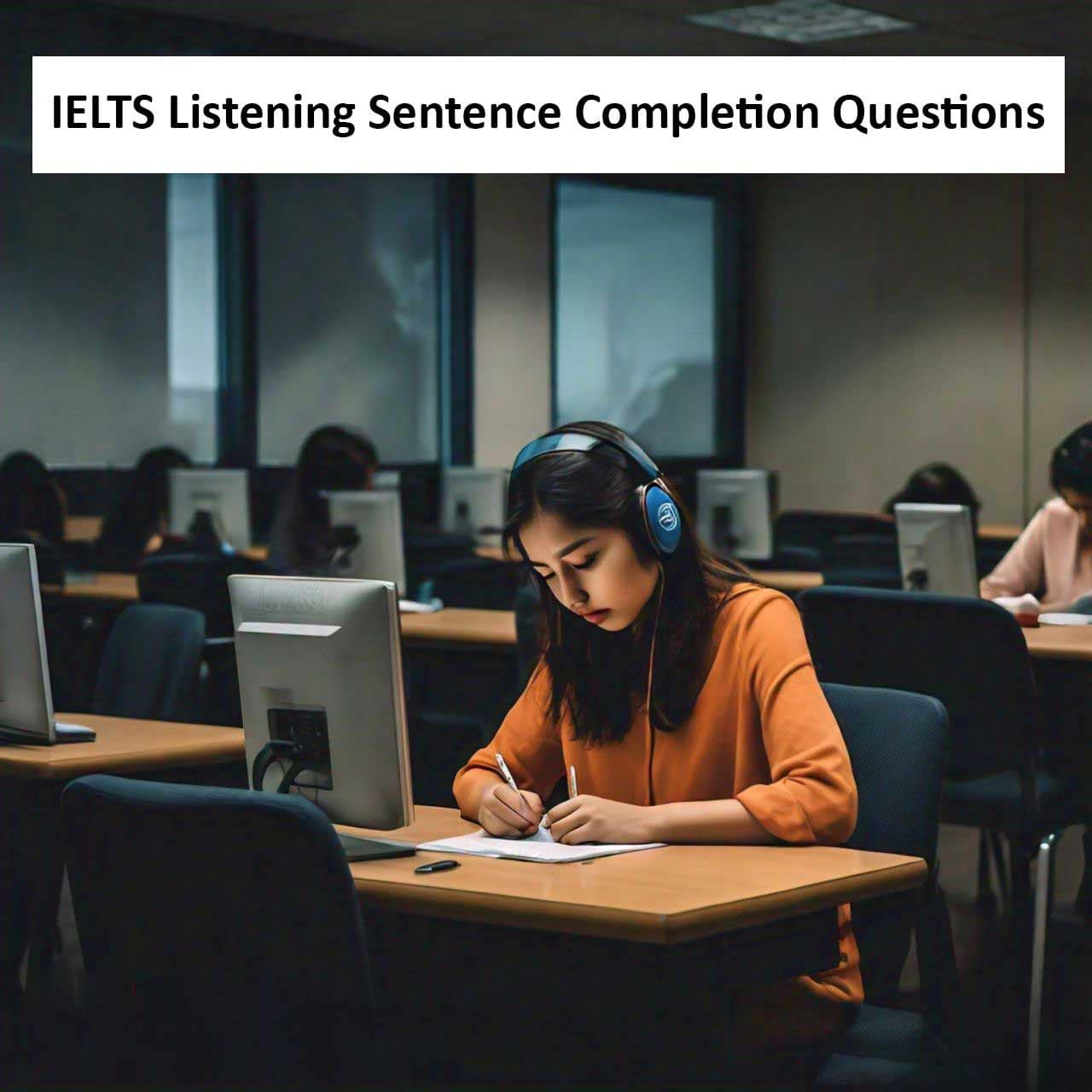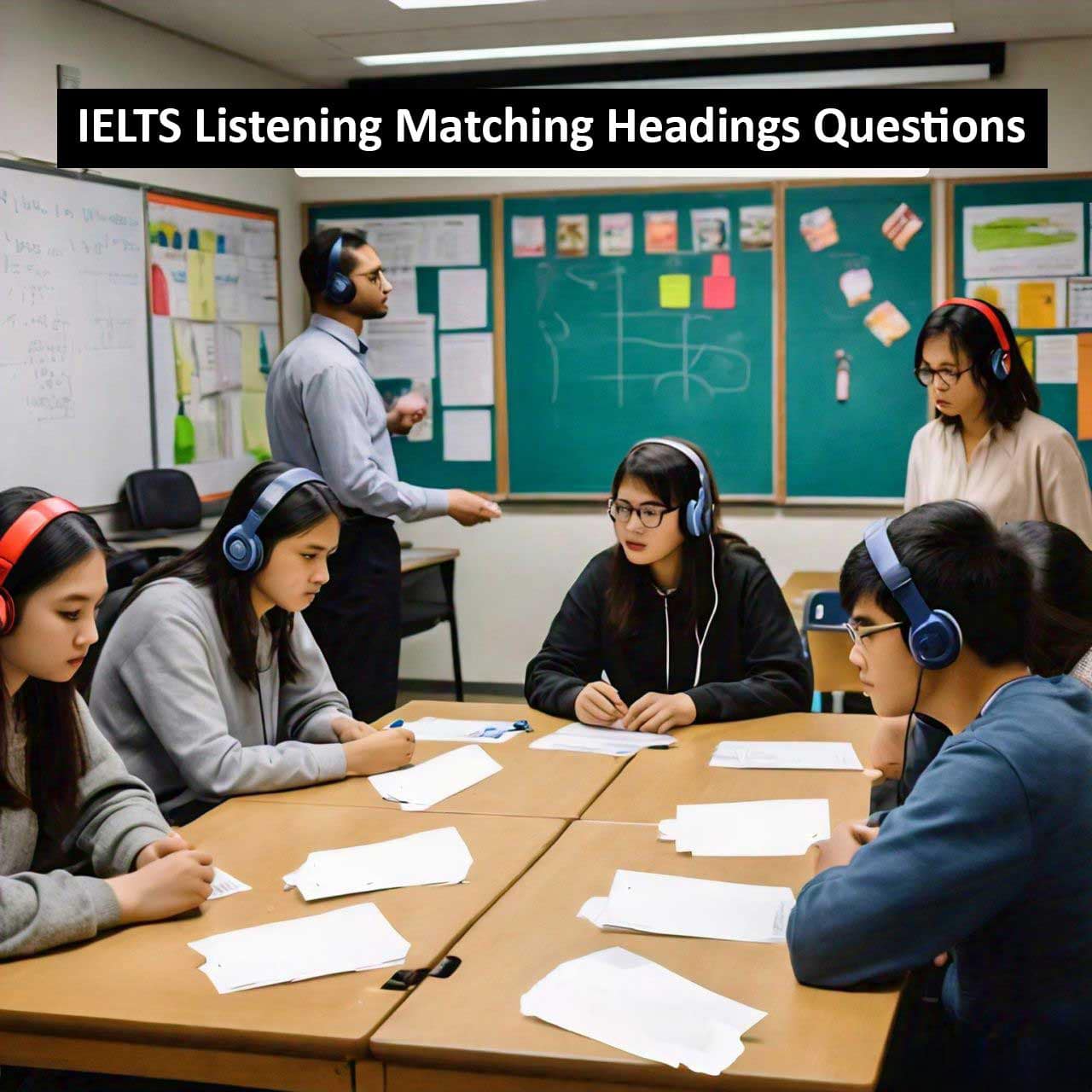The Listening section of the International English Language Testing System (IELTS) exam is often perceived as one of the most challenging components. However, with a clear understanding of its structure and strategies, you can navigate this section with confidence. In this blog post, we’ll delve into each section of the IELTS Listening test, providing valuable insights and tips to help you ace this crucial part of the exam.
Table of Contents
Section 1: Social Context
The first section of the IELTS Listening test typically involves a conversation between two speakers in a social context. This could include everyday scenarios such as making travel arrangements, booking accommodations, or discussing leisure activities. The conversation is usually set in a casual environment, such as a hotel reception or a conversation between friends.
Tips:
– Focus on understanding key information such as names, dates, locations, and numbers.
– Pay attention to the speaker’s tone and attitude to infer meaning.
– Use the time given before the recording starts to read through the questions and anticipate the content of the conversation.
Section 2: Educational or Training Context
In the second section, you will listen to a monologue or dialogue set in an educational or training context. This could involve a university lecture, a workplace training session, or an instructional talk. The speaker may provide information on a specific topic, explain a process, or give instructions.
Tips:
– Listen for signpost words and phrases that indicate the structure of the talk (e.g., firstly, secondly, in conclusion).
– Take notes while listening to identify main ideas and supporting details.
– Pay attention to any visuals or diagrams mentioned, as they may be referenced in the questions.
Section 3: Academic Context
Section 3 typically features a conversation between multiple speakers in an academic setting. This could include a discussion between students and a professor, a group project meeting, or a seminar presentation. The conversation may involve analyzing research findings, debating ideas, or discussing course-related topics.
Tips:
– Focus on understanding the relationships between speakers and their opinions or viewpoints.
– Listen for transitions and connectors that indicate shifts in topic or perspective.
– Be prepared for speakers with different accents or speech patterns, and practice listening to a variety of English accents beforehand.
Section 4: Monologue on Academic Subject
The final section of the IELTS Listening test consists of a monologue on an academic subject. This could be a lecture, a presentation, or a talk by a single speaker. The speaker will provide detailed information on a specific topic, often related to a field of study such as science, history, or literature.
Tips:
– Pay close attention to the introduction, as it often outlines the structure and main points of the talk.
– Listen for key terms and concepts and try to understand their meaning in context.
– Use the time given to read through the questions and predict the content of the monologue.
Additional Tips for Success:
– Practice active listening skills by engaging with a variety of English audio materials, such as podcasts, TED talks, and news broadcasts.
– Familiarize yourself with different English accents by listening to recordings from various English-speaking regions.
– Take advantage of practice tests and materials available online to simulate test conditions and build confidence.
By understanding the structure of each section of the IELTS Listening test and implementing effective strategies, you can approach the exam with confidence and maximize your chances of success. Remember to practice regularly, stay focused during the test, and trust in your preparation. With determination and perseverance, you can achieve your desired band score and take the next step towards your academic or professional goals.



